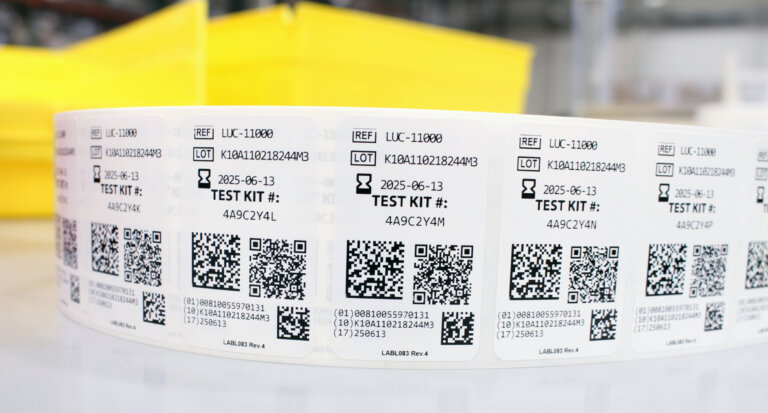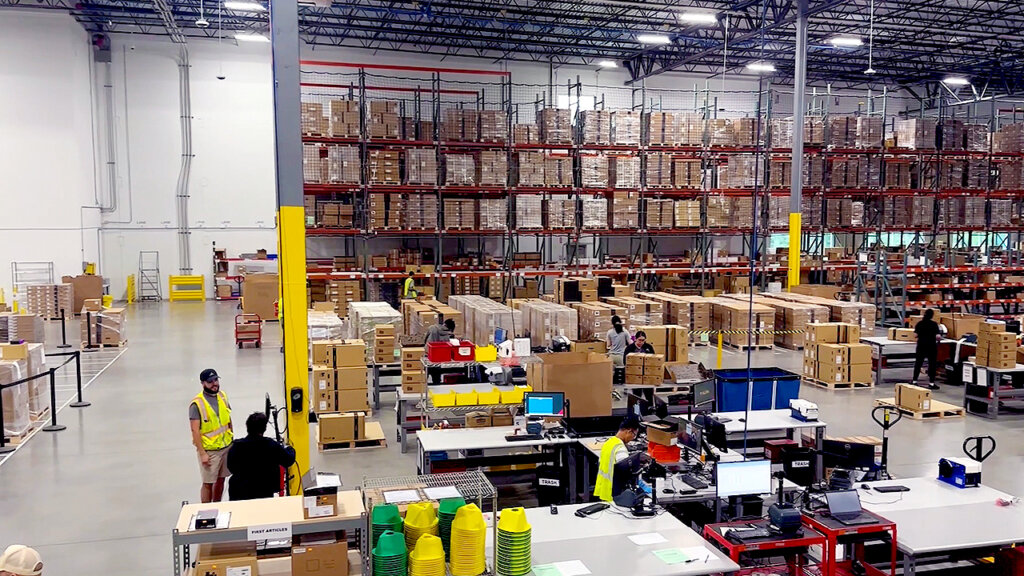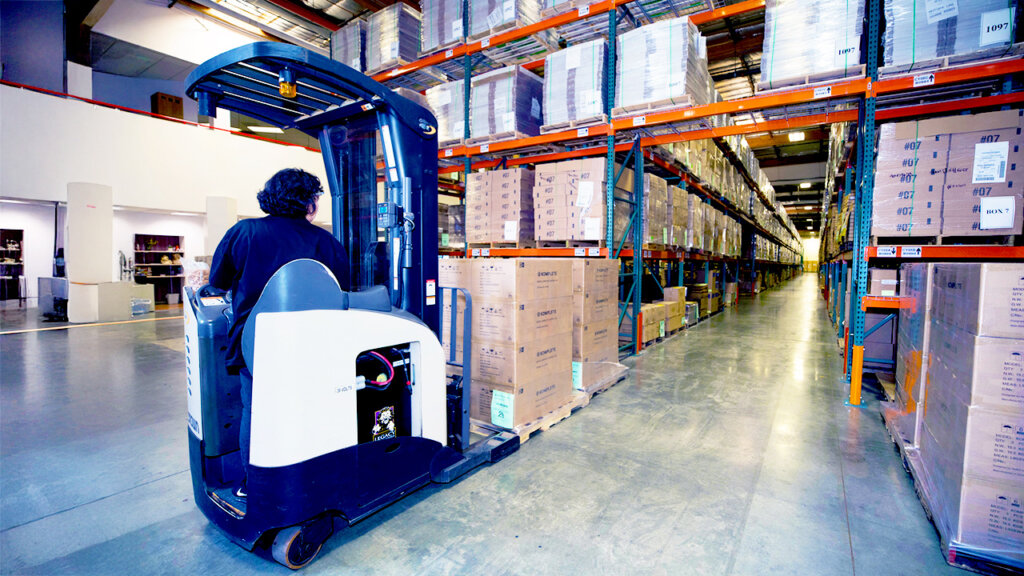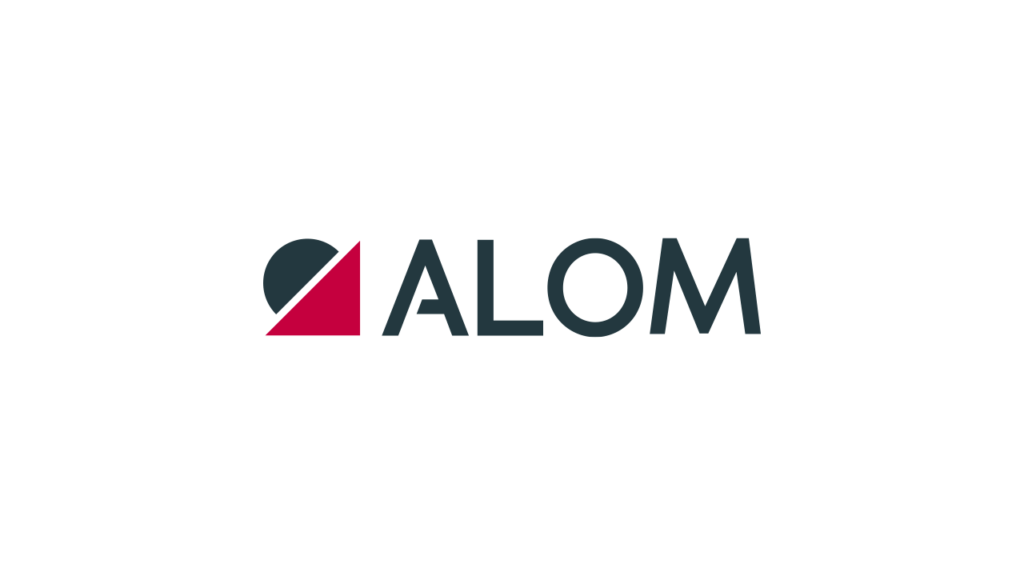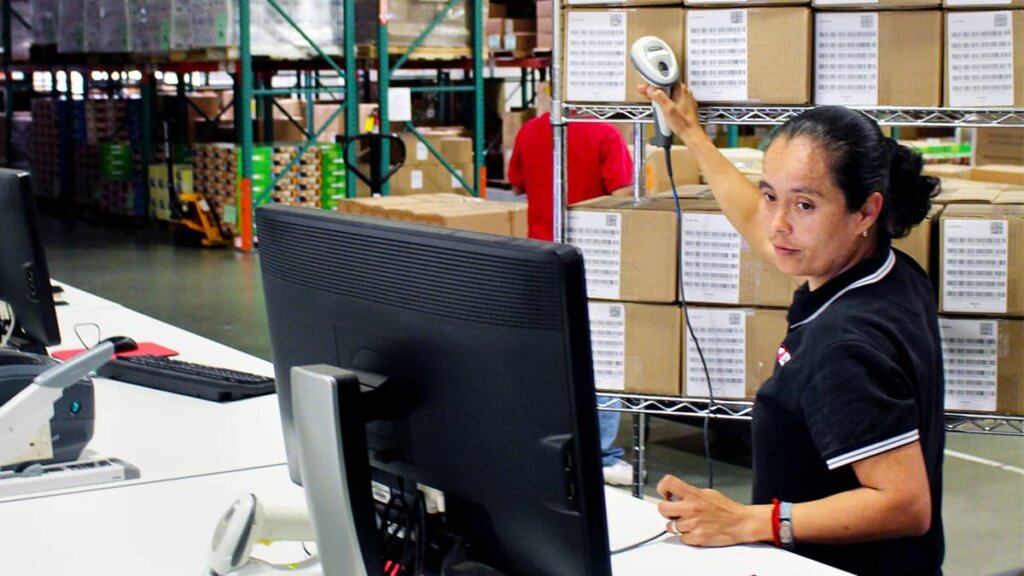Pfizer and GlaxoSmithKline both estimate that just the compliance cost for managing the Brexit situation will be around $100 million per company. Similarly, supply chain professionals feel the crush of increasing global compliance cost. Many companies spent the first half of the year focused on privacy regulation, driven by European GDPR regulations. As that settled down, the business world got rattled by the tariff wars and uncertainty about trade agreements. Supply chain professionals are now focused on mitigating product cost impact, which can be up to 25%, enough to cause a slow-down or even cessation of customer orders.
Uncertainty around regulations has always been a business issue. However, with increased globalization of the supply chain, businesses are impacted by infinitely more regulations. With each country, state and municipality regulating aspects of the supply chain, businesses must understand the local requirements in order to audit the compliance of local suppliers and channel partners. Many regulations impact the entire supply chain from raw materials to the smallest supplier. Add cybersecurity risk and audits, and the cost of adding and auditing suppliers spirals and becomes prohibitive. This has caused corporations to be very conservative in adding new suppliers. In turn, the risk is stifling innovation in the supply chain and eliminating smaller and more nimble potential suppliers.
The compliance cost also impacts customers. For instance, regulatory compliance cost increased 60% for financial institutions in the eight years following the financial crisis. This caused banks to turn away certain customers and be very selective in their financing. It also caused a longer decision making process. The impact has been felt throughout the business community.
Local compliance is not enough. The products or components must be transported, and transit requirements and especially border crossing requirements are increasing. While many are hoping that blockchain will facilitate some of the border crossing compliance filings, we are still subject to semi-manual systems with limited visibility and murky requirements.
The truly tricky compliance requirements stem from the destination location regulating what happens in the origin location of the finished goods or any of the components or any of the components or raw materials. A good example is the U.S. Conflict Minerals regulations. Another is the UK requirements to have a supply chain free of slave labor. Both are noble and worthwhile causes; yet both pieces of regulation present real challenges in supply chains that are increasingly complex to demonstrate compliance.
With the average compliance cost for manufacturers hovering around $20,000 per employee, the impact is not trivial.
It is possible to get a leg up on the competition by having employees stationed strategically for following regulatory affairs in each pertinent location. For many companies, the best strategy is to join associations and organizations that follow regulations and legislation closely. Sometimes, the ability to stay ahead of the volatility can be a significant competitive advantage. Understanding this, I am on the Board of Directors for National Association of Manufacturers and many of the ALOM staff members are on committees and following legislative affairs. We are also active in local and state associations, and in international associations. The ability for us to see further ahead and react sooner will save one of our customers close to $2 million in avoided tariffs this fall.
Supply chain organizations must remain agile and vigilant. It should be part of risk management to be deliberate in choosing supply chain partners who understand compliance, follow the changes and can react fast.
To learn more about how ALOM supports our customers’ agility and compliance management in supply chain, please see www.alom.com or e-mail [email protected].

